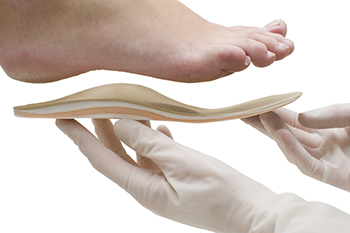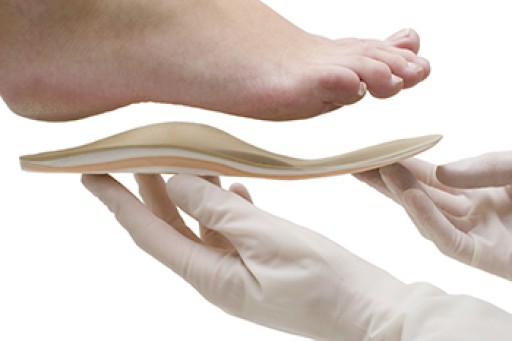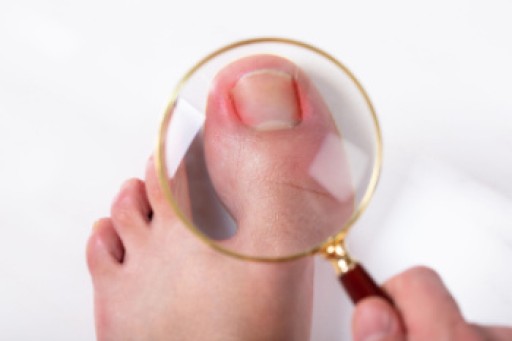
Medial knee osteoarthritis often causes pain and stiffness due to joint wear on the inner side of the knee. Foot orthotics can help manage this condition by improving alignment and reducing stress on the affected area. Specially designed insoles can shift pressure away from the medial knee, promote better lower limb mechanics, and enhance stability during walking. This support reduces discomfort and may slow the progression of joint damage. A podiatrist can assess your gait, foot posture, and overall biomechanics to create a personalized orthotic solution. With professional care and guidance from this type of doctor, orthotics become a valuable part of a comprehensive treatment plan. If you are experiencing knee pain linked to your gait or posture, it is suggested that you consult a podiatrist for expert evaluation and targeted support to help you move more comfortably.
If you are experiencing discomfort in your feet and would like to try custom orthotics, contact one of our podiatrists from Foot & Ankle Centers of Charlotte County . Our doctors can provide the care you need to keep you pain-free and on your feet.
What Are Custom Orthotics?
Custom orthotics are inserts you can place into your shoes to help with a variety of foot problems such as flat feet or foot pain. Orthotics provide relief and comfort for minor foot and heel pain.
Over-the-Counter Inserts
Shoe inserts come in a wide variety and are used to treat foot pain, heel pain, and minor problems. For example, arch supports can be inserted into your shoes to help correct overarched or flat feet, while gel insoles are often used because they provide comfort and relief from foot and heel pain by alleviating pressure.
Prescription Orthotics
If over-the-counter inserts don’t work for you or if you have a more severe foot concern, it is possible to have your podiatrist prescribe custom orthotics. These high-quality, custom inserts are designed to treat problems such as abnormal motion, plantar fasciitis, and severe forms of heel pain. They can even be used to help patients suffering from diabetes by treating foot ulcers and painful calluses and are usually molded to your feet individually, which allows them to provide full support and comfort.
If you're experiencing minor to severe foot or heel pain, it’s recommended to speak with your podiatrist about the possibility of using custom orthotics or shoe inserts. A podiatrist can determine which type of custom orthotic or shoe insert is right for you and help you take the first steps toward being pain-free.
If you have any questions please contact our offices located in Punta Gorda and Port Charlotte, FL . We offer the newest diagnostic and treatment technologies for all your foot and ankle needs.









